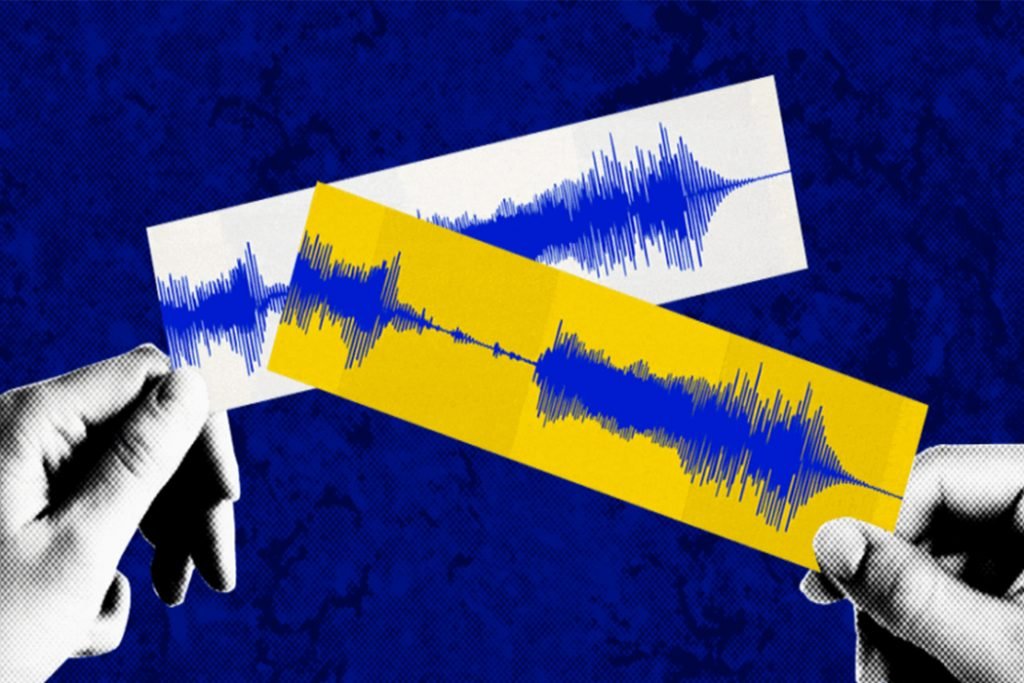Mastering the Mix: How Producers Use Reference Tracks for Perfect Mixes
Introduction
Mixing music is an art, and every producer's goal is to create a balanced and captivating soundscape that resonates with listeners. Achieving the perfect mix can be a challenging endeavor, especially for those relatively new to the craft. This is where reference tracks come into play. In this comprehensive guide, we'll explore what reference tracks are, why they are essential, and how producers use them to craft exceptional mixes.
What Are Reference Tracks?
Reference tracks, often referred to as "mix references" or "song comparisons," are professionally produced songs that serve as a sonic benchmark during the mixing and mastering processes. These tracks are used to guide and inspire producers, helping them create a mix that matches or surpasses the quality of the reference.
Reference tracks can be any songs, but they are typically chosen for their sonic characteristics, such as tonal balance, spatial depth, clarity, and overall impact. These tracks become the sonic standards against which a producer's own mix is judged.
Why Are Reference Tracks Important?
Reference tracks are crucial in music production for several reasons:
Sonic Benchmark: They provide a concrete point of reference for the desired sound quality and characteristics. This benchmark helps ensure that your mix aligns with professional standards.
Objective Listening: Reference tracks allow for objective listening. When you've been immersed in your own mix for hours, it's easy to lose perspective. Reference tracks provide an external, unbiased frame of reference.
Educational Tool: They serve as an educational resource, enabling producers to learn from experienced engineers and artists. Analyzing reference tracks can help you understand mixing and mastering techniques.
Artistic Inspiration: Reference tracks can inspire creativity. They can guide you in achieving the desired mood or atmosphere in your mix, helping you overcome creative roadblocks.
How Producers Use Reference Tracks
Producers use reference tracks at various stages of music production, including recording, mixing, and mastering. Here's how they utilize these tracks effectively:
1. Setting the Initial Tone
Producers often start by selecting reference tracks that share a similar genre, style, or mood with the song they are working on. This choice helps set the initial tonal and sonic direction. By listening to these tracks, they can internalize the desired sound aesthetic.
2. Analyzing Spectral Balance
Reference tracks help producers understand the tonal balance they should aim for in their mix. By comparing the frequency spectrum of their mix to the reference, they can identify areas that need adjustment. This involves EQing individual tracks or groups to match the balance in the reference track.
3. Evaluating Spatial Depth
Spatial depth is crucial for a well-rounded mix. Producers use reference tracks to assess the placement of instruments and vocals in the stereo field. This includes understanding the positioning of sounds in terms of width, panning, and depth. By emulating these spatial characteristics, producers can achieve a more immersive and balanced mix.
4. Monitoring Dynamics
Reference tracks assist in evaluating the dynamic range and overall loudness of a mix. Producers compare the dynamics of their mix to the reference, ensuring that it maintains a competitive loudness without sacrificing dynamic expression. This often involves using compression, limiting, or other dynamics processing techniques.
5. Checking Effects and Processing
Producers listen to reference tracks to understand the use of effects and processing. They analyze the reverb, delay, modulation, and other effects used in the reference to determine how they can enhance their own mix. Reference tracks also help producers set the appropriate levels and settings for these effects.
6. Inspiring Creativity
Beyond technical aspects, reference tracks can serve as creative inspiration. They help producers capture the mood, emotion, and artistic direction of a reference song. This can be invaluable in crafting a mix that resonates with the desired audience.
7. A/B Comparison
A/B comparison is the heart of using reference tracks. Producers toggle between their mix and the reference track to identify areas that need improvement. This iterative process continues until the producer is satisfied with the mix.
Best Practices for Using Reference Tracks
To use reference tracks effectively, consider these best practices:
Choose Quality Tracks: Select high-quality reference tracks with well-crafted production. These should be songs that you admire for their sonic excellence.
Optimize Your Monitoring Setup: Ensure that your studio monitors or headphones provide an accurate representation of the audio. Calibrate your listening environment to minimize acoustic anomalies.
Level Matching: Match the loudness of your reference tracks to your mix. This prevents the loudness of the reference from skewing your perception.
Critical Listening: Analyze the reference tracks critically. Focus on different aspects like tonal balance, spatial placement, dynamics, and overall vibe.
Multiple References: Use multiple reference tracks to get a broader perspective on the desired sound. Different tracks can provide insights into different aspects of mixing and mastering.
Take Breaks: Frequent breaks can help maintain objectivity. Your ears can become fatigued after extended listening sessions.
Trust Your Ears: While reference tracks are essential, trust your ears and your artistic instincts. You're aiming for a mix that suits your unique creative vision.
Conclusion
Reference tracks are an indispensable tool in a producer's arsenal, offering a roadmap to sonic excellence. They provide guidance, inspire creativity, and ensure that your mix aligns with professional standards. By consistently using reference tracks, analyzing them critically, and making informed adjustments, you can elevate your mixes to the next level. Remember that while reference tracks are a valuable resource, the ultimate goal is to craft a mix that carries your artistic voice and connects with your audience.





